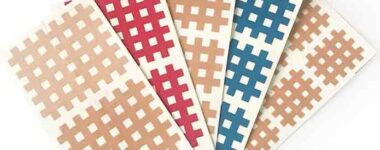Latest News
Share this post:
Over time, reusable plastic water bottles occasionally develop unpleasant odours and/or tastes. This typically occurs when bottles are stored incorrectly or cleaned infrequently.
Most rigid water bottles are made out of either polyethylene plastic (which tends to be cloudy in appearance) polypropylene (which comes in medium to dark colours) or co-polyester (which can be clear, frosted or coloured). Most hydration system reservoirs have polyethylene linings, which retain tastes and odours more easily than polycarbonate. But all plastic bottles can develop unwanted tastes or odours if cared for incorrectly.
General Care
The best way to maintain any plastic water bottle or bladder bag is to rinse it out after each use and to let it air dry completely. Most odour and taste problems occur when bottles are stored in wet areas or kept sealed for long periods of time with liquid inside. Polyethylene bottles can also develop unpleasant tastes/odours when they’re used to store a variety of acidic juices.
Cleaning
If your water bottle develops a bad taste or odour, try the following procedure:
- Put a teaspoon of bleach and a teaspoon of baking soda in the bottle and fill it with water.
- Let the bottle sit overnight.
- Rinse out the bottle completely the next day (or run it through the dishwasher).
- Let the bottle air dry completely.
- When cleaning hydration reservoirs, rinse them thoroughly and let them completely air dry before using them again. Do not place in your dishwasher.
Tip: Some tastes and odours can be removed from plastic water bottles simply by rinsing them with anti-bacterial mouthwash.


 Collecting and Propagating Seeds
Collecting and Propagating Seeds China on a Plate: The Flavours of a Nation (with a Spotlight on Sichuan)
China on a Plate: The Flavours of a Nation (with a Spotlight on Sichuan) Kinesiology Cross Patches
Kinesiology Cross Patches Camaraderie On a Walking Tour…
Camaraderie On a Walking Tour… How E-Biking Has Transformed Biking Tours
How E-Biking Has Transformed Biking Tours








